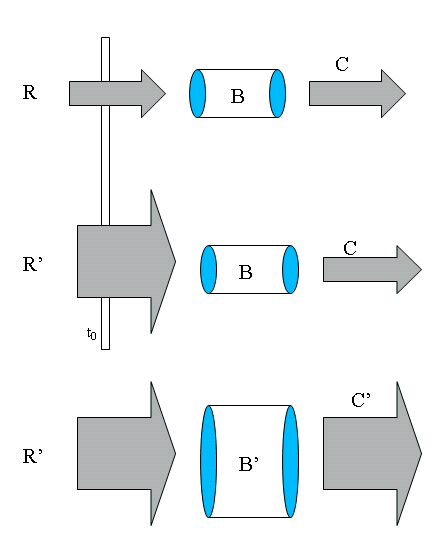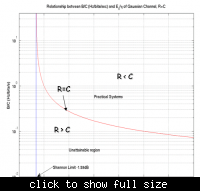David83
Advanced Member level 1
Hi,
I have read many times that bandwidth is limited. Why is that? What is the bandwidth of a wireless channel anyway? I mean how to know that the channel bandwidth is X MHz? and what does that mean?
Thanks
I have read many times that bandwidth is limited. Why is that? What is the bandwidth of a wireless channel anyway? I mean how to know that the channel bandwidth is X MHz? and what does that mean?
Thanks

